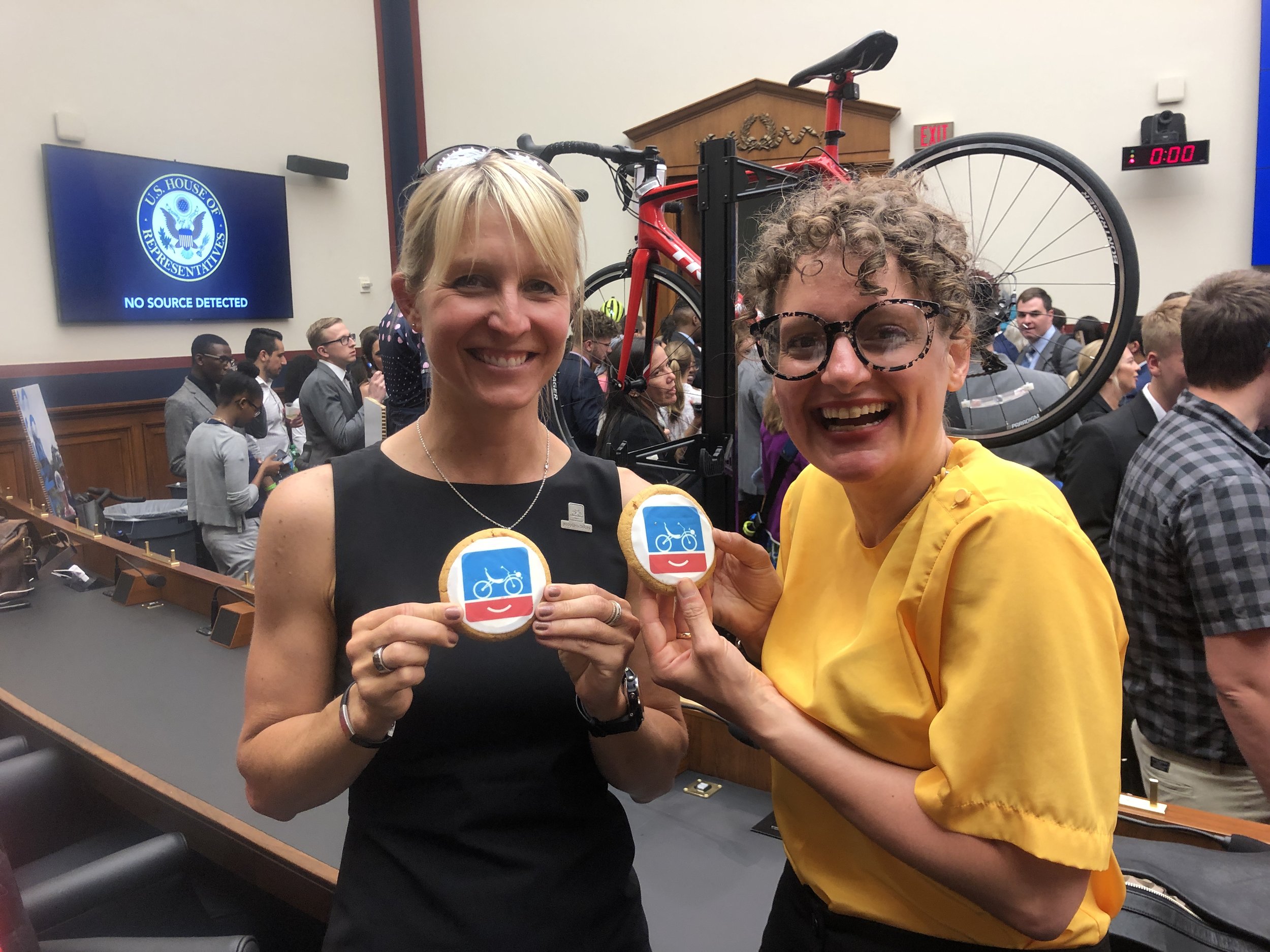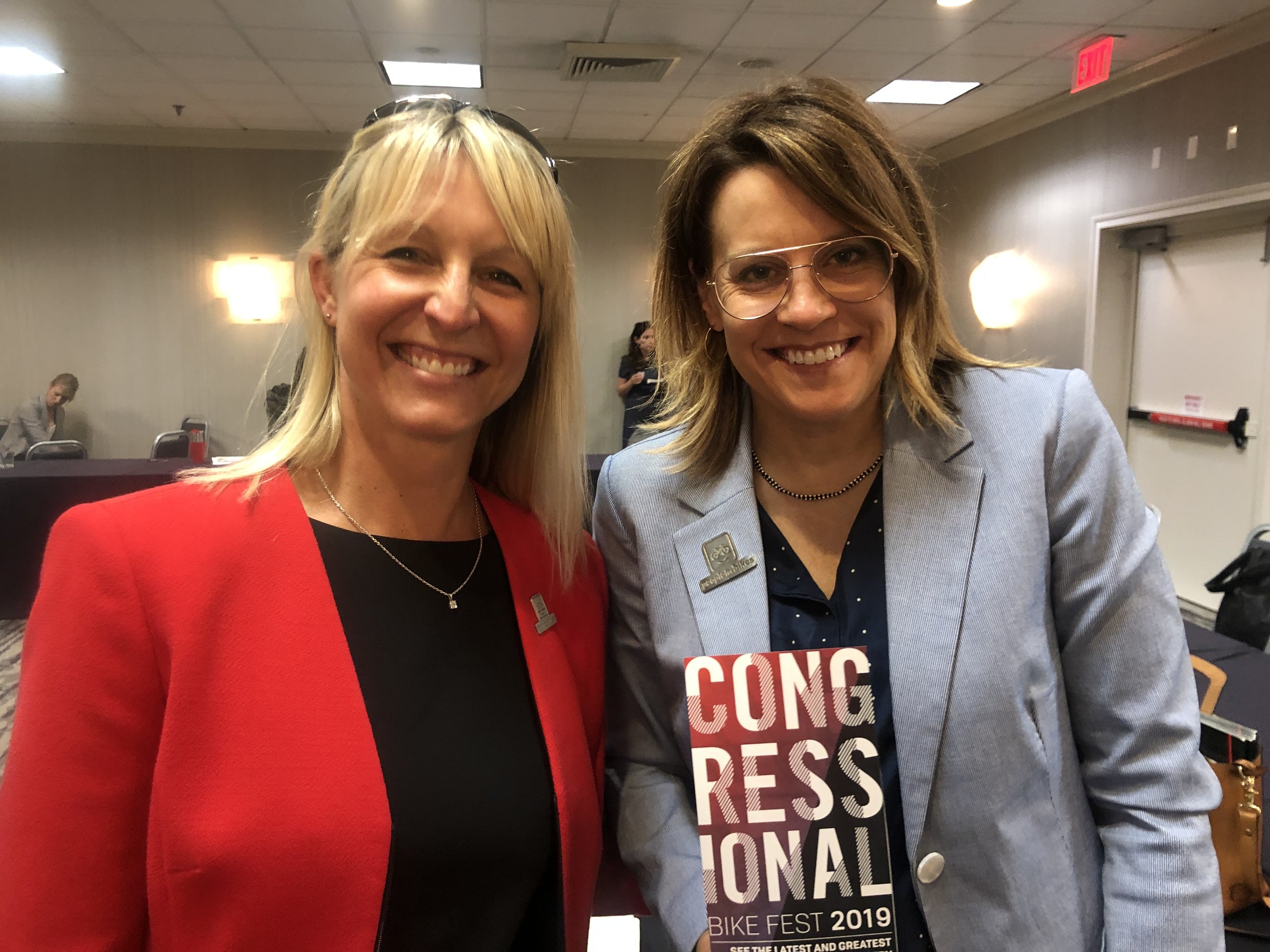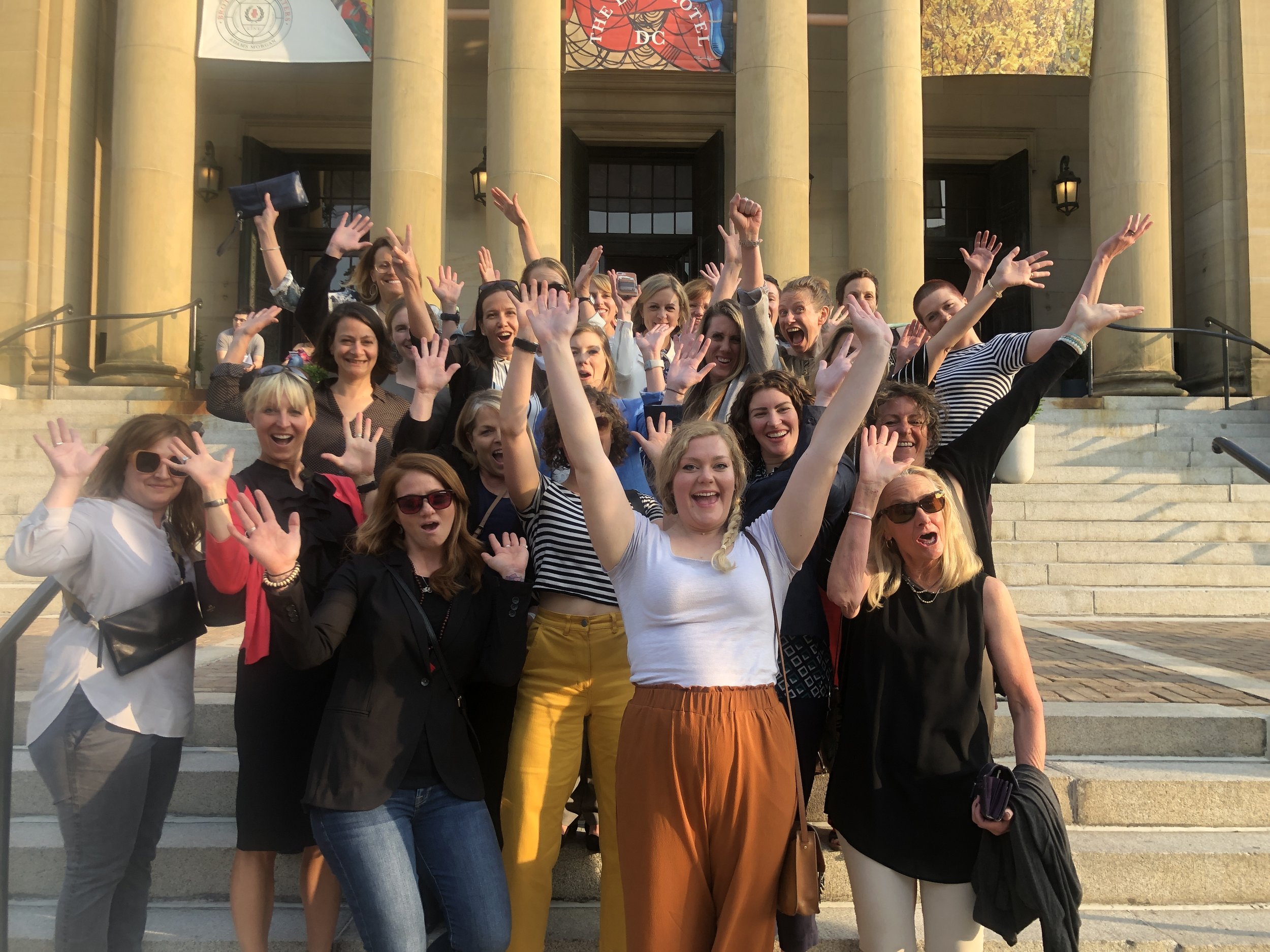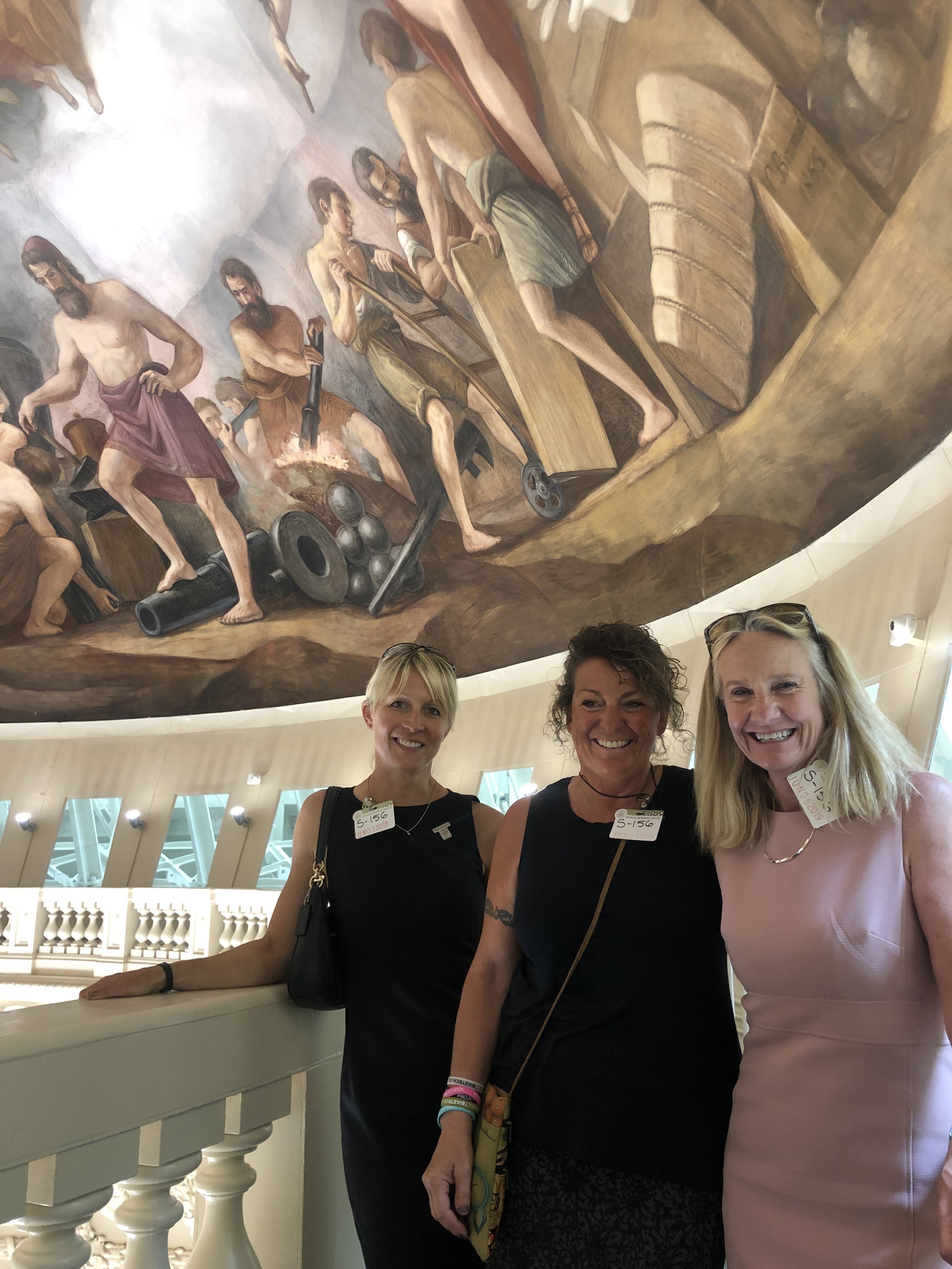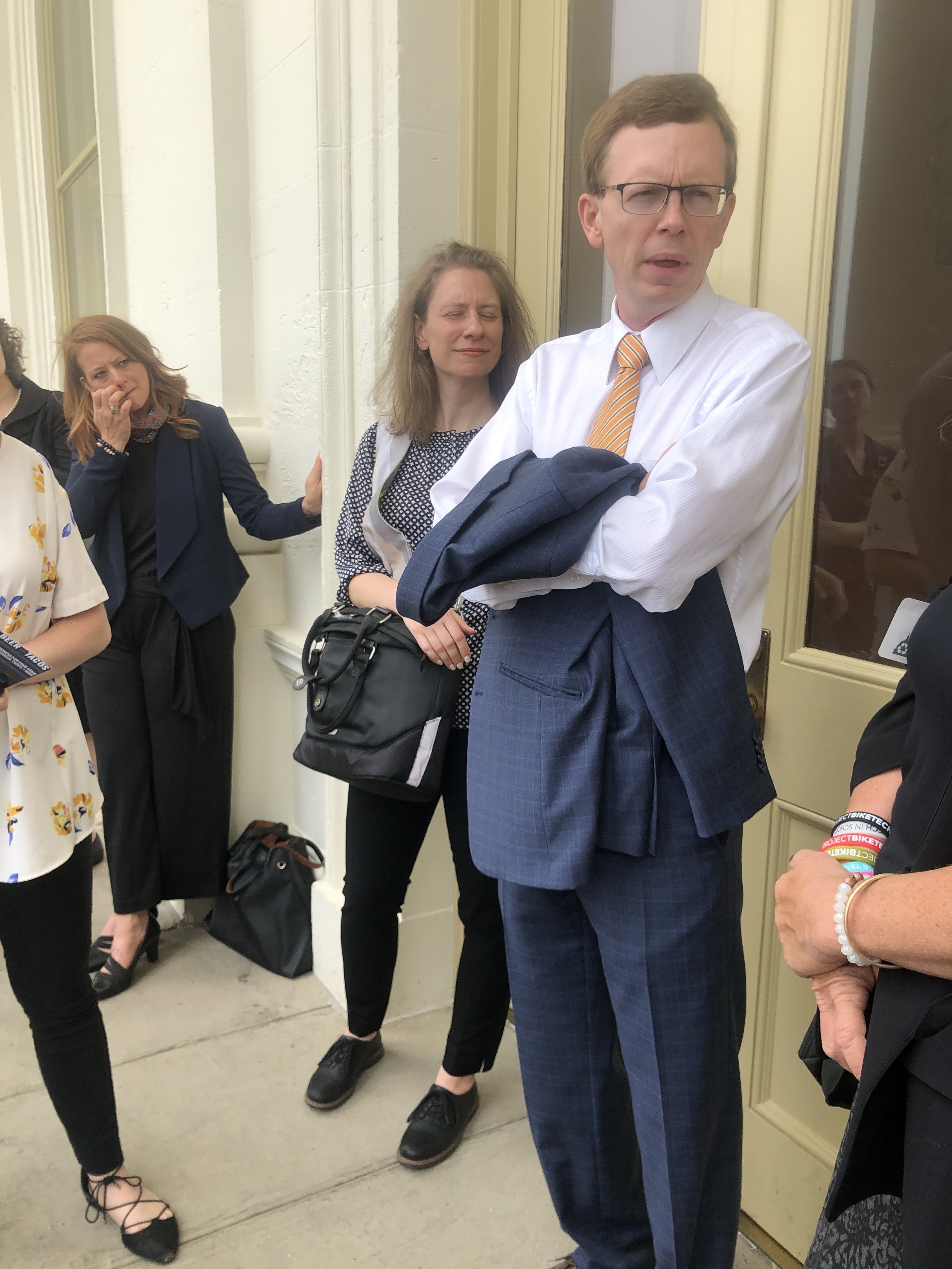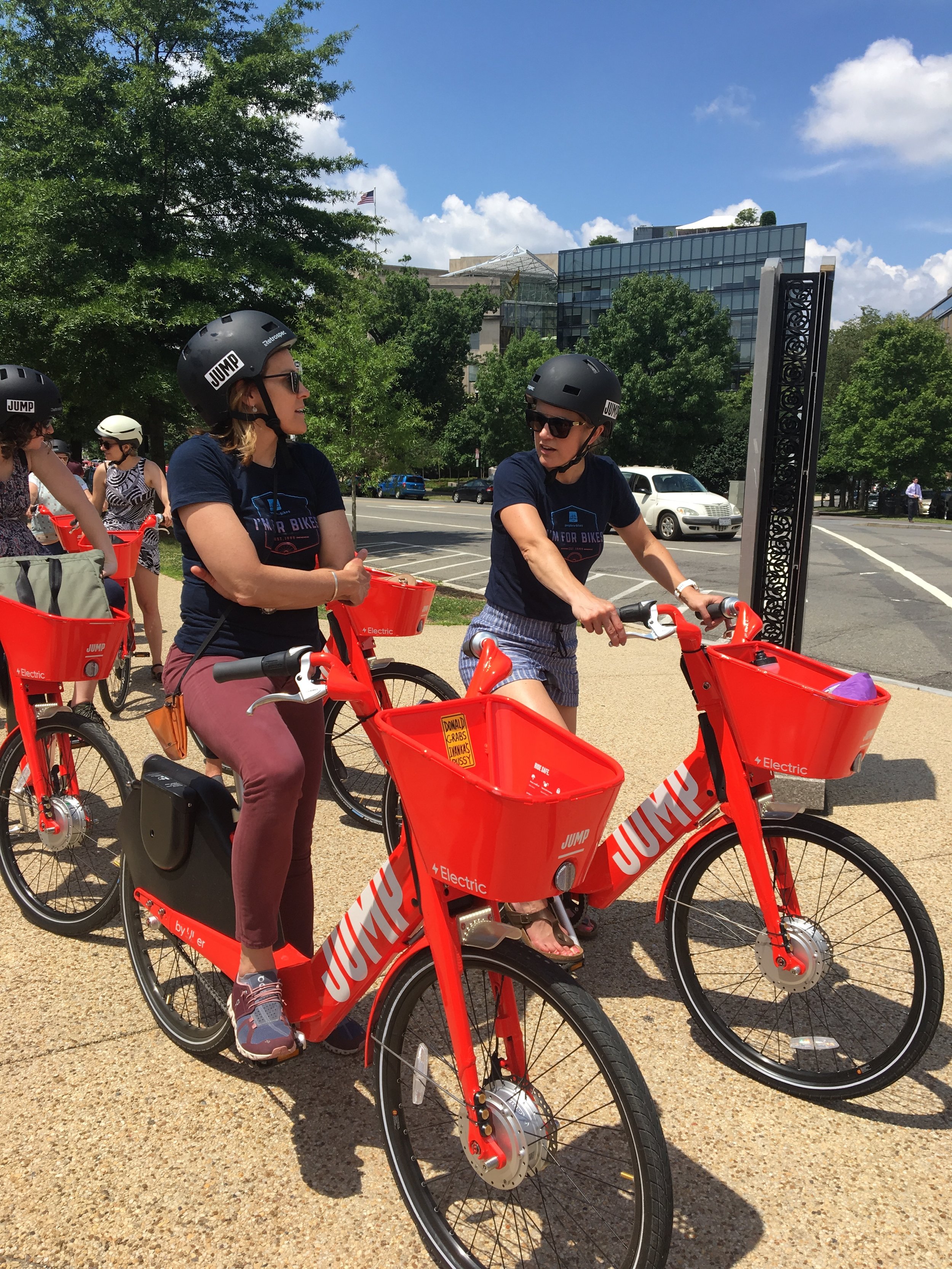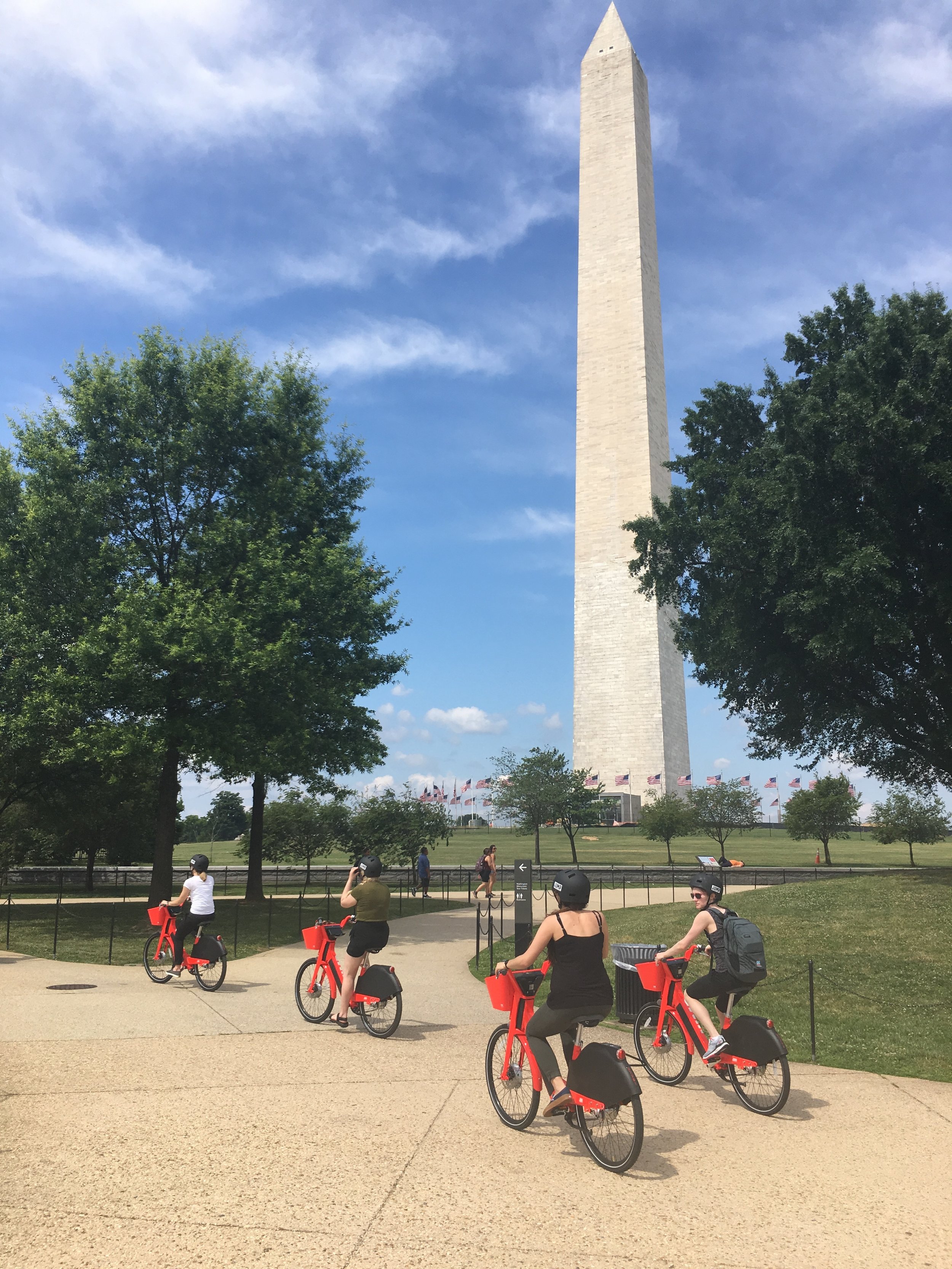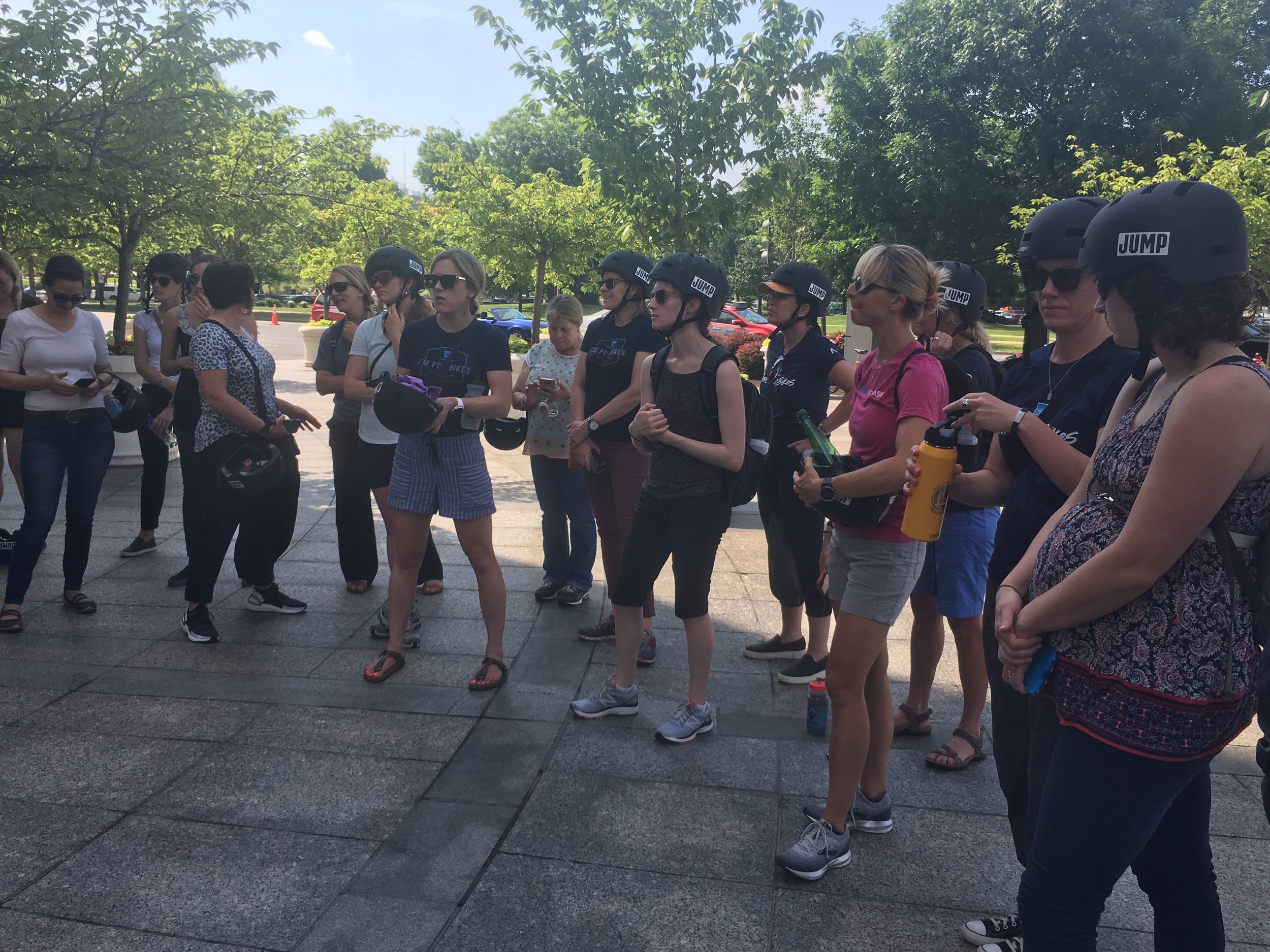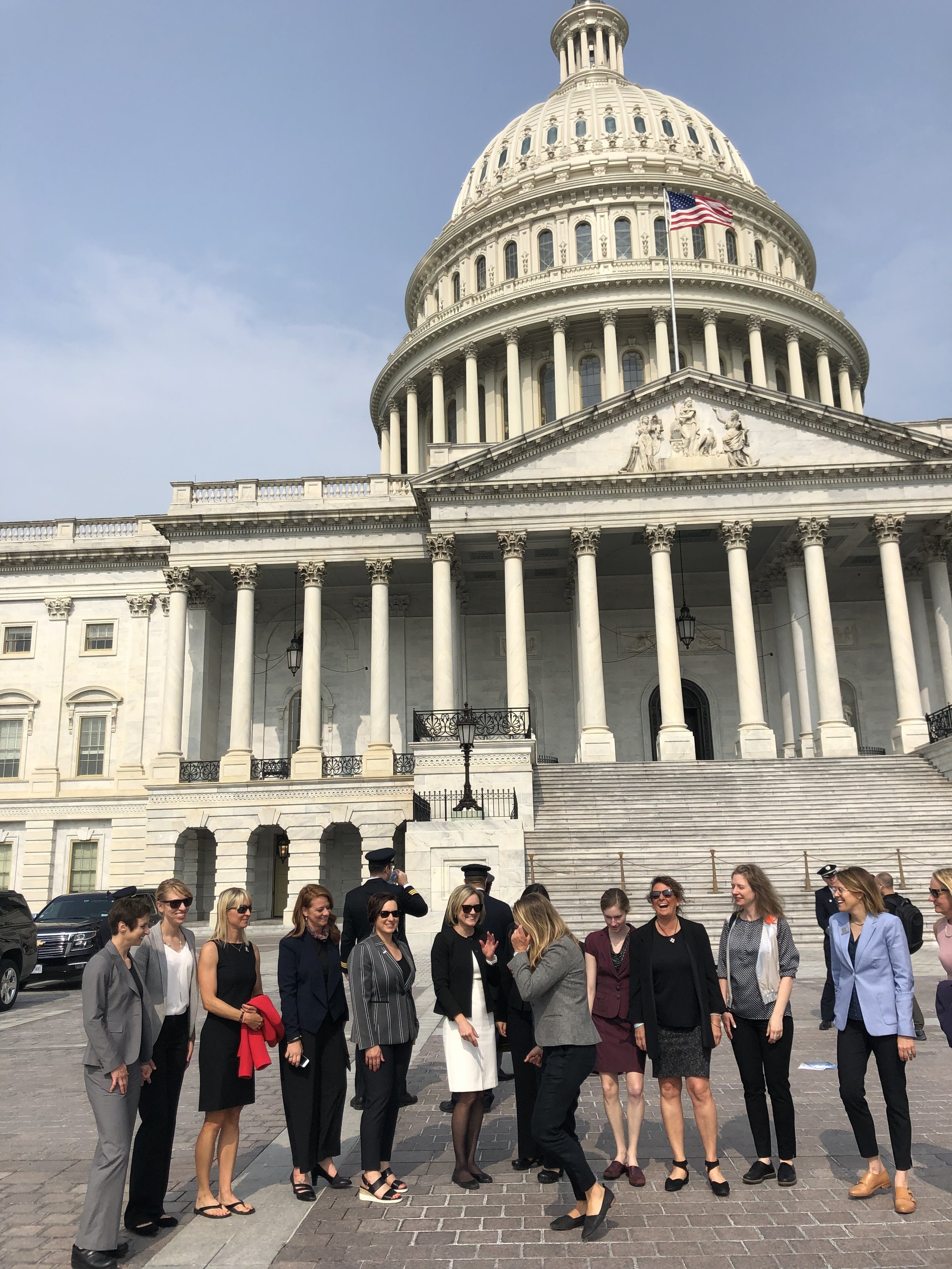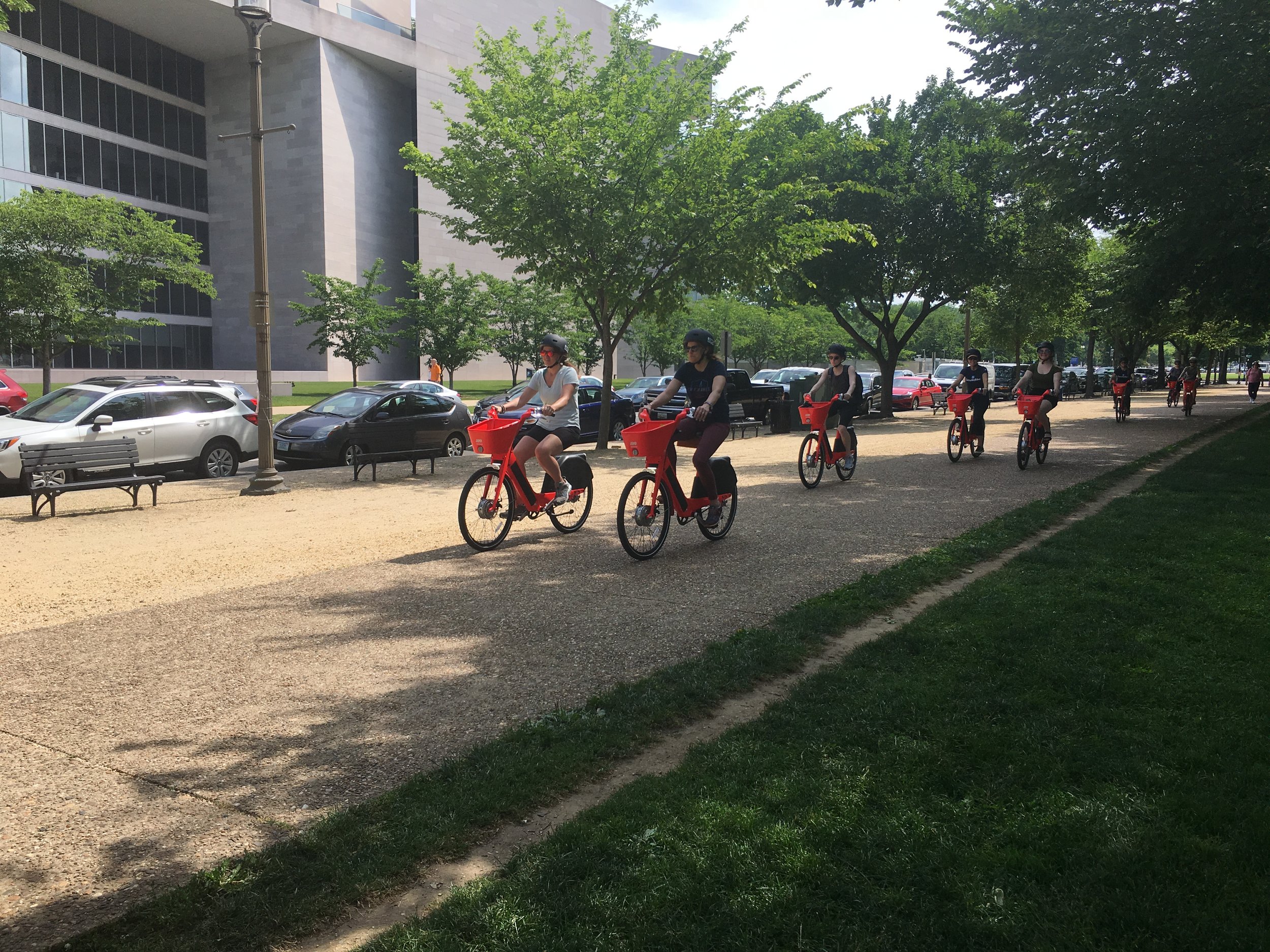This is a picture of my Grandma Bryant when she was about 14 or 15 years old in 1950. She had just bought this used bike with her own money and was pretty proud of it. As the oldest of six growing up in a small farmhouse just outside of Salt Lake City, this bike (like all of our first bikes) meant so much more than just a quick way to get to the school house – it meant freedom.
I can imagine her riding it down the dusty roads to explore creek beds or to visit friends. Or maybe she rode it just to feel the wind in her hair and to laugh out loud as she whistled some new tune. She loves whistling still – so it wouldn’t surprise me at all. I guess it’s easy to imagine what it must have been like for her, because I so vividly remember getting my first bike that belonged only to me (I’m the 2nd of 5) when I was about her age.
When I was 15, we lived about 20 miles from my Grandma Bryant in the panhandle of Northern Idaho along the Pend Orielle River. It was an absolutely beautiful place that just begged to be explored. One lazy summer day I convinced my best friend Nick Guenther to ride the 20 miles with me to Grandma’s house and promised she would have something good for us to eat. The Pend Orielle River is famous among bike packers and we would often see them riding by in the summer. As we set out, I didn’t think it would take too long to get to Grandma’s given that I had ridden to town about 7 miles away a bunch of times and it never seemed that hard. As I think back on it, I know it was a mere 20 miles – but holy cow that day seemed endless. I felt like I could have, and in fact did, ride forever.
We eventually made it to Grandma’s, had some cookies, went swimming in her creek and fished for trout until the late afternoon until we figured we ought to get back on our bikes and start heading back. It was an incredible day with Nick and though I’ve lost touch with him over the years, I’m certain he would remember that adventure fondly. This was all before the days of cell phones, so we were completely on our own. As I look back on it, I can’t believe our parents let us head out so ill prepared. It didn’t matter though that we didn’t have a spare tube or nickel between the two of us, we were going to just go and have a great time. We had no mishaps and pedaled along slowly, stopping whenever we needed to get a drink from some creek or another. Seriously, I can’t believe I survived my childhood!
I’ve had so many incredible adventures (both big and small) on my bike since then and am so grateful that I learned early in my life what an incredible feeling of satisfaction can come from riding your bike. I guess that’s one of the reasons I keep riding, I love the adventure so much. I love seeing, smelling and hearing new places the way you never could if you’re in a car. I hope you can remember some adventure you had on your bike when you were a kid and know that those same feelings are just a few pedal strokes away even when you’re an adult.





